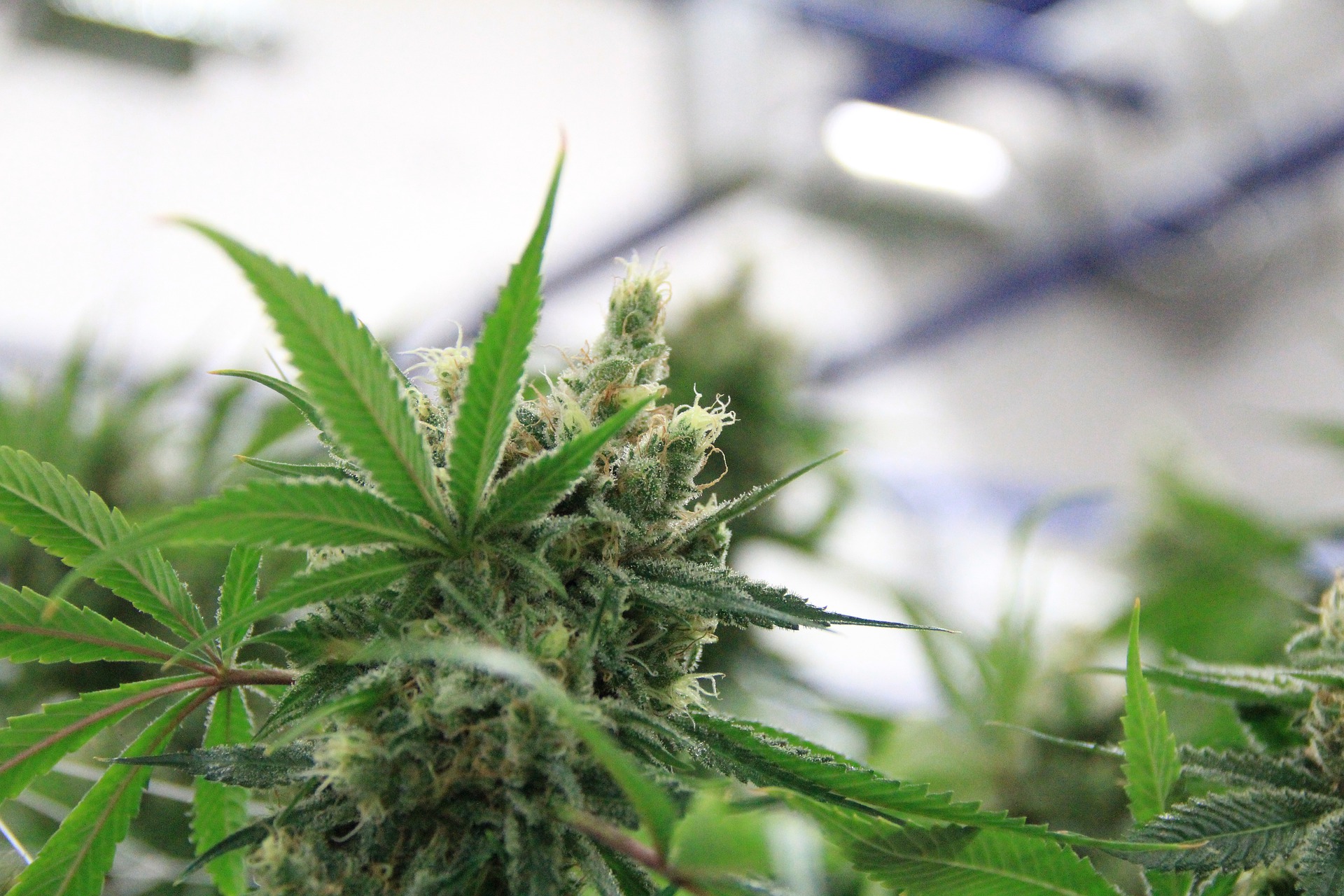You are here
Home 🌿 Marijuana Politics 🌿 Selwyn Township to host public meeting on proposed changes to cannabis regulations 🌿Selwyn Township to host public meeting on proposed changes to cannabis regulations

Proposed changes to how Selwyn Township regulates the production and cultivation of cannabis will be discussed at a public meeting on Aug. 10.
Township council is considering a number of amendments to a zoning bylaw that currently regulates how and under what circumstances marijuana can be grown, cultivated and processed within Selwyn.
The township was forced to rethink its existing regulations earlier this year after a proposed grow-up in Ennismore, located near a residential area, sparked concern from community members.
Despite the pushback, the proposed site followed the township’s regulations as they currently stand.
But that could soon change.
The Planning Act rules say municipalities can’t retroactively enforce amended bylaws. That means the future grow-op will be able to operate under the current 50-metre setback rule.
Before the site can begin operating, it must obtain a federal licence from Health Canada. The property owner hasn’t yet completed that application, said Janice Lavalley, the township’s chief administrative officer.
“Unfortunately, the (proposed changes) won’t help the situation at Cork Line,” Deputy Mayor Sherry Senis said.
When council crafted its current regulations in the wake of legalization, Senis said, members did not anticipate the possibility of a grow-op setting up in such proximity to residences.
“We expected that if anyone was going to grow cannabis, they would use a large acreage,” she said. “That’s where the problems have ensued.”
The proposed bylaw changes are meant to avoid a similar clash of land uses in the future. Along with an increase in the minimum distance between outdoor cannabis cultivation sites and sensitive land areas, new regulations related to light pollution, building expansions and marijuana storage are also being proposed.
For instance, operators would be required to direct lighting sources downward to deflect glare away from nearby lots, streets and the night sky.
Additionally, converting or retrofitting existing buildings for cannabis cultivation would be prohibited under the proposed amendments.
Despite nuisance odours being a recurring concern raised by Selwyn residents, the proposed amendments don’t include any provisions specifically related to the mitigation of odours caused by cannabis.
At a council meeting on July 13, Robert Lamarre, manager of building and planning, recommended that council hold off on creating new requirements for odour control, citing a report from Meridian Planning Consultants.
Meridian was hired by Selwyn Township to identify the best practices to mitigate adverse impacts caused by cannabis production and cultivation, including problematic odours.
The firm looked to Pelham, a small town west of Niagara Falls in Niagara Region, for answers. The municipality passed a standalone bylaw to curb nuisance odours after a large grow-op began operating in town — but the legislation is being challenged in court.
“I think we should wait for the outcome of the challenges to the bylaw,” Lamarre told council.
Currently, indoor cannabis production or cultivation is only permitted by site-specific amendments to the zoning bylaw and is subject to site plan approval.
That means landowners must support their application with scientifically backed research and data to demonstrate how they will mitigate any adverse effects related to cannabis cultivation, including odour.
Next month’s meeting will give community members a chance to voice their opinions on the proposed changes.
Public feedback, along with further input from council, will shape the final draft of the amended zoning bylaw, which is expected to be presented to council in September.
420 Intel is Your Source for Marijuana News
420 Intel Canada is your leading news source for the Canadian cannabis industry. Get the latest updates on Canadian cannabis stocks and developments on how Canada continues to be a major player in the worldwide recreational and medical cannabis industry.
420 Intel Canada is the Canadian Industry news outlet that will keep you updated on how these Canadian developments in recreational and medical marijuana will impact the country and the world. Our commitment is to bring you the most important cannabis news stories from across Canada every day of the week.
Marijuana industry news is a constant endeavor with new developments each day. For marijuana news across the True North, 420 Intel Canada promises to bring you quality, Canadian, cannabis industry news.
You can get 420 Intel news delivered directly to your inbox by signing up for our daily marijuana news, ensuring you’re always kept up to date on the ever-changing cannabis industry. To stay even better informed about marijuana legalization news follow us on Twitter, Facebook and LinkedIn.




